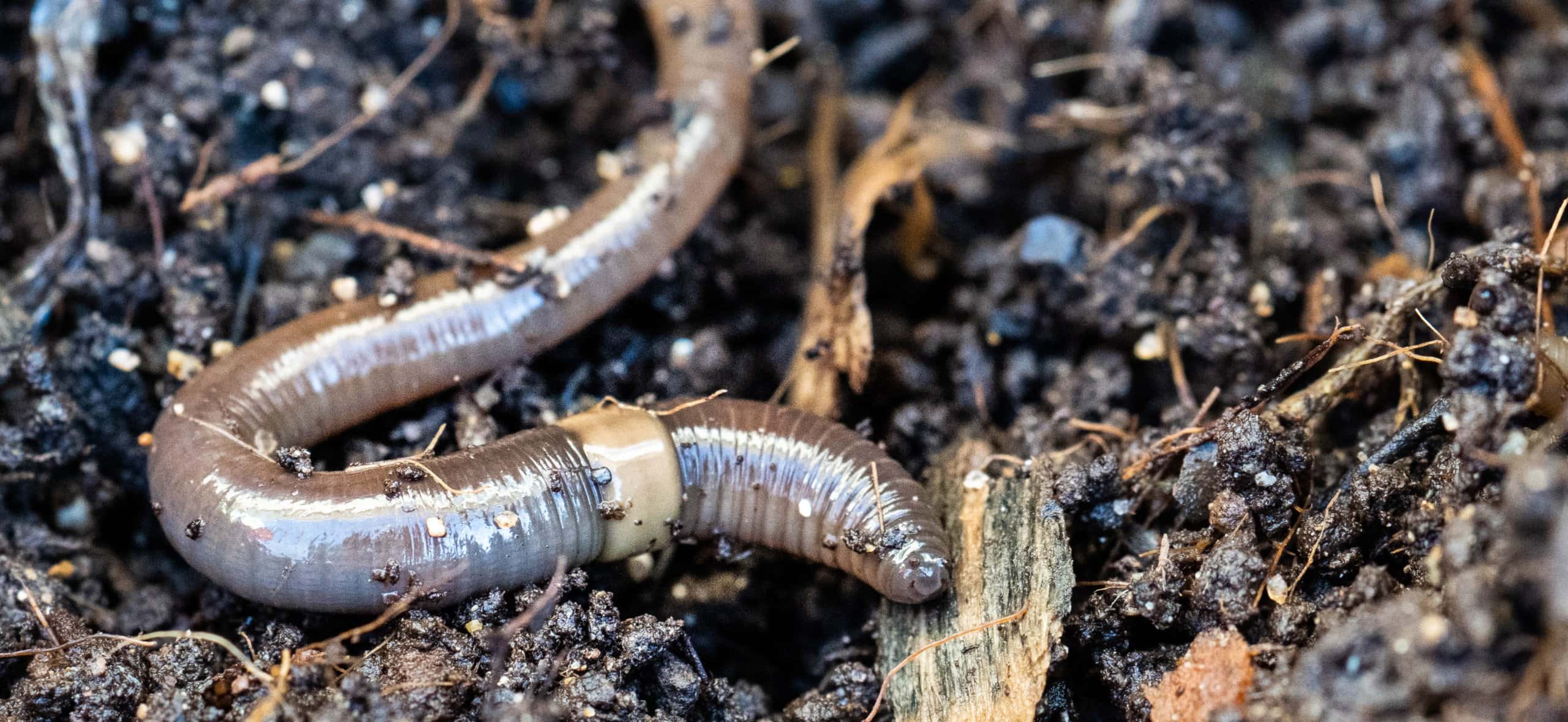Sometimes, too much information can just make things more confusing.
It can leave you wondering: which way is the right or the best way? How can two opposing opinions both be right?
Over the past few years, gardeners have been increasingly encouraged to leave more “debris” (perennial leaves and stems) in their gardens over the winter months. There are several reasons for this.
The first reason is that leaving the existing stems of your perennials in place helps to protect the crown of the plant for the winter.
The second reason is that allowing the perennial leaves to decay into the soil over winter provides nutrients and food for the plants.
The third, and most important, reason is that many perennials provide winter food and shelter for birds and beneficial pollinators, therefore protecting them throughout the cold winter.
We have become much more aware of and sensitive to the need of pollinators in our world. It only makes sense, doesn’t it?
Now, enter the Asian jumping worms: another newer invasive species in Ontario.
The first documented case in Canada was in 2014, in the Windsor area, but instances of these feisty worms have increased sharply since 2021, especially in the Toronto area.
There are at least 16 known species of jumping worms (a.k.a. snake worms) currently in Canada.
So, what makes these worms an invasive species?
Invasive species are introduced species whose introduction or spread negatively affects the environment, economy and/or society, including human health.
These worms have travelled far from their origin point in Japan and the Korean peninsula and have spread at an alarming rate since making landfall in North America.
From November to April, they are in the cocoon/larval stages before emerging in a wriggling mass in May and June as juveniles.
From July to October, they continue to grow longer and plumper than most earthworms and can reach a length of up to eight inches long.
Their name comes from their ability, when threatened, to thrash wildly from side to side (also giving them their nicknames the snake worm or the crazy worm).
These invasive worms are heavy feeders and outcompete other earthworms. Because they are heavy feeders, they also poop a lot.
This is one of the main ways to determine if you might have jumping worms: the surface soil will have a texture resembling coffee grounds rather than soil.
This type of worm can be found in the top four inches of soil. Its castings degrade soil quality, leaving it inhospitable to many native plant species and susceptible to increased erosion.
As they are voracious eaters, jumping worms quickly consume the top layer of organic material, making it difficult for plants to remain rooted and allowing nutrients to be washed away by rain.
They upset the nutrient balance in the soil over time and they disrupt forest and garden ecosystems by displacing native organisms and by making the topsoil where they live less favorable for native understory plants.
Because they live near the surface of the soil, they are most often found in gardens, lawns and wooded areas where there is a lot of decaying, organic matter, such as fallen leaves or mulch layers.
One way of controlling the spread of jumping worms is not to leave too much decaying leaf debris in your garden.
This is where it gets confusing. Pollinator advocates recommend we leave as much debris in our gardens over winter as possible, while those studying jumping worms are telling us the opposite.
So, what should we be doing this fall in our gardens – cutting our perennials back or leaving things be?
Here is what I suggest:
- If any of your perennials had disease of pest problems this past season, it is best to cut them down and totally get rid of those leaves and stems. Example: peonies or phlox that had mildew on the leaves.
- For perennials that still have their seedheads in place, leave these ones as is, so that they provide food and protection for the pollinator, especially native varieties. Example: coneflowers, black-eyed Susans and gaillardia.
- Some pollinating insects will overwinter in the stems of the perennials. Instead of cutting the remaining perennials completely down to the ground, cut these plants back halfway and compost the top half. Therefore, you are still leaving some protection for those insects, but limiting the amount of debris on the ground. Cut down the bottom half of these perennials in the spring just before new growth begins emerging at the base.
No one ever said that gardening is easy!
Joanne Young is a Niagara-on-the-Lake garden expert and coach. See her website at joanneyoung.ca










